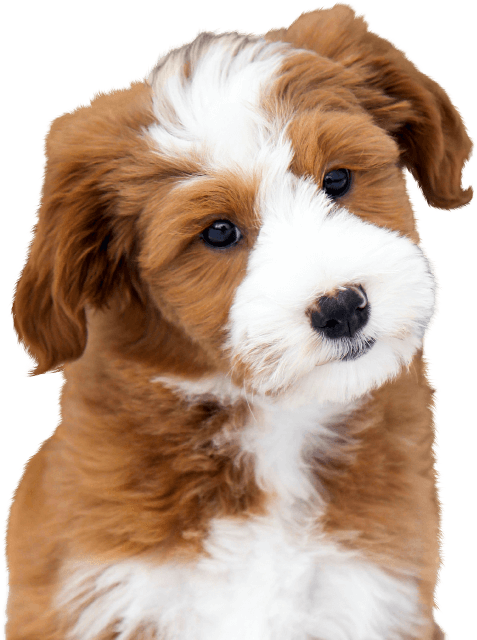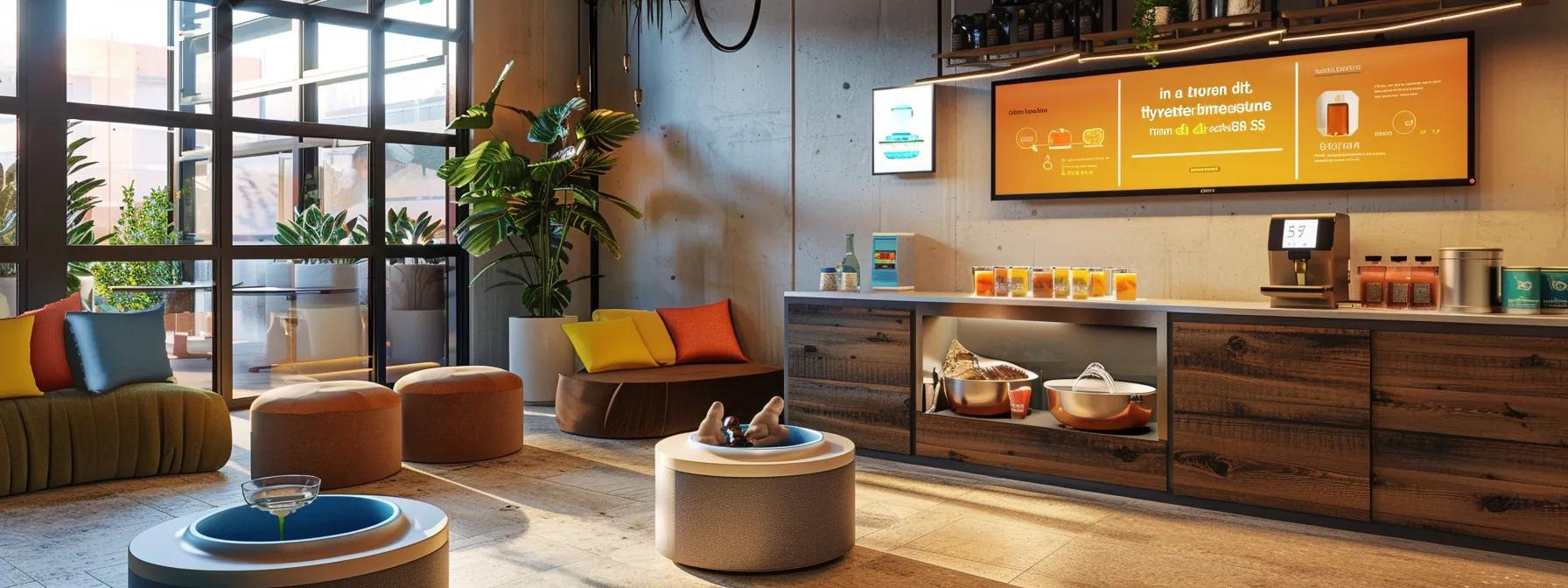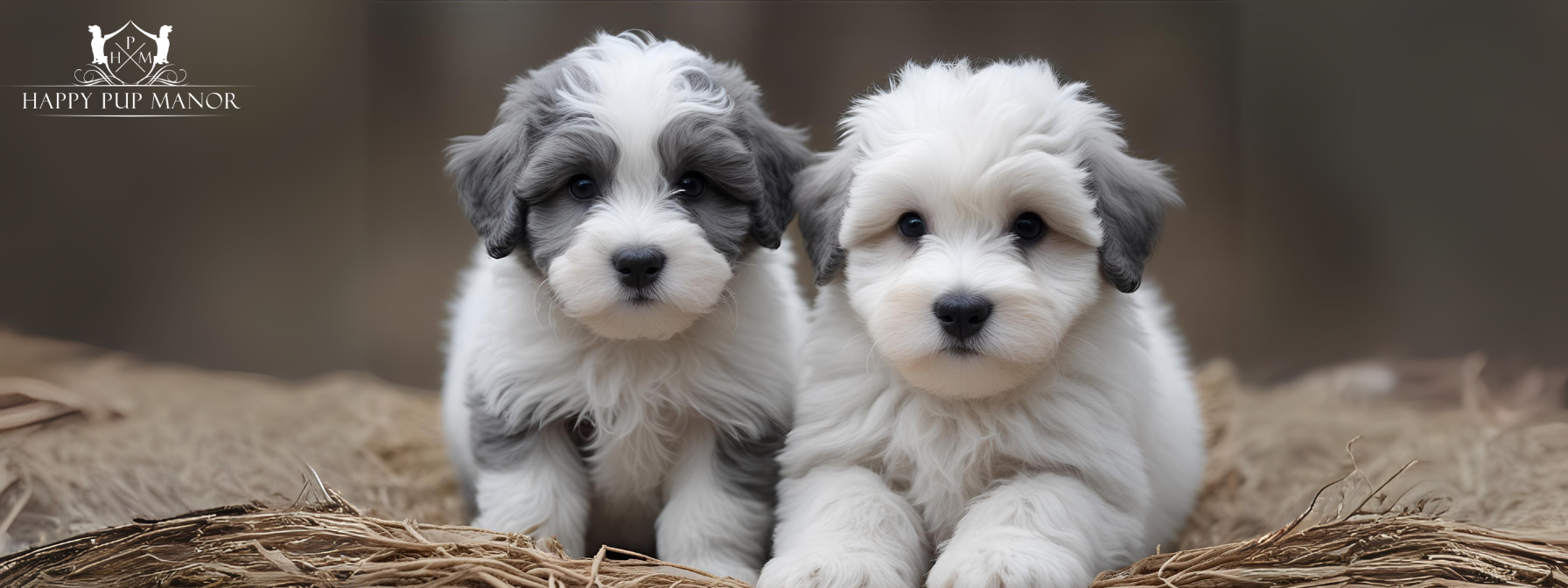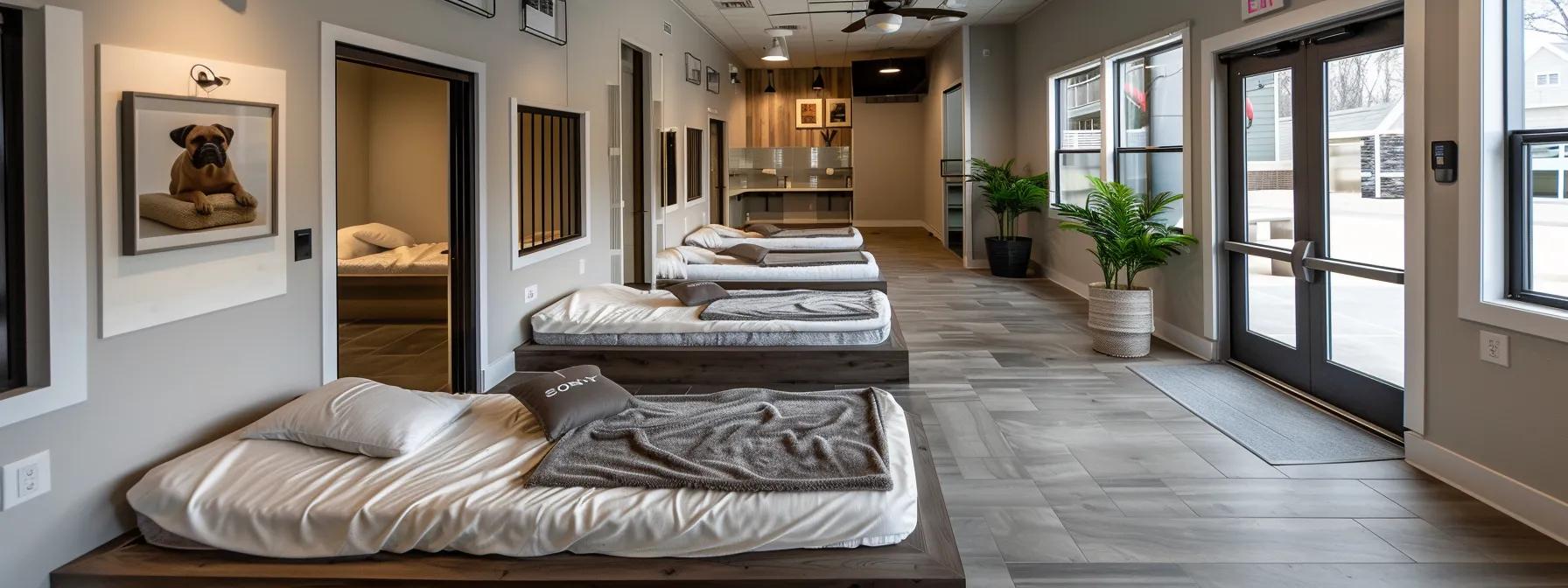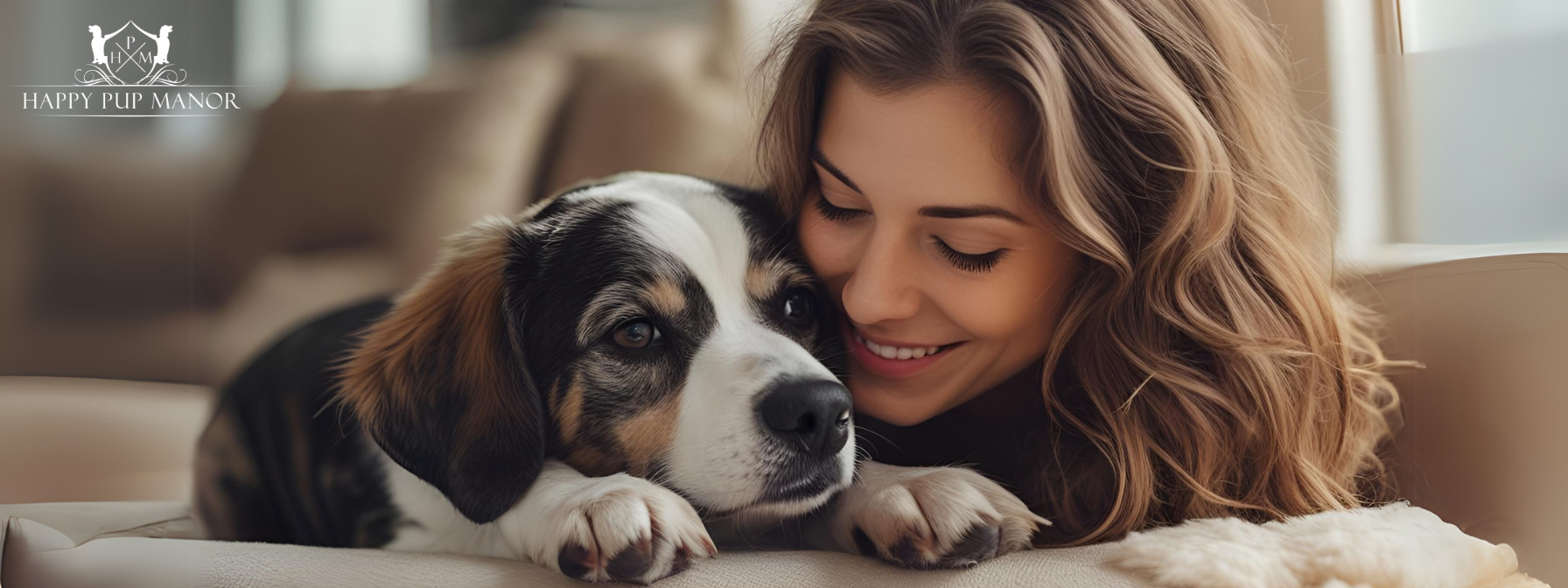Outdoor Dog Fencing and Containment

Outdoor Dog Fencing and Containment
Congratulations on your new puppy! Bringing home your new puppy is an exciting time for you and your family! Many of my clients ask, “What is the best way to contain my puppy for potty and play?” I always recommend having a fenced-in area, But some communities don’t allow this option, so your second-best option is an invisible fence. Here are a few options that you should consider for fencing and containment:
- Fence
- Invisible fence
- Tie out
- Dog Run
Fenced Yard
A fenced backyard is the safest solution; it keeps your pup in and everything else out, like animals such as coyotes and other dogs.
If you have a fence area already it is a good idea to check it and see if there are any gaps or holes your new puppy could get out through.
To make sure your enclosed fence is safe for your new puppy, you’ll want to walk the entire perimeter of your fence.
Some puppies love to dig. Puppies are able to dig a hole through a gap and sneak their way out. Those gaps should be filled with dirt rocks or even chicken wire. Be sure to remove all items that are close to the fence so they don’t climb those items and then jump out. Also take a look at how your gate closes. Your pup loves to explore the world with their nose. So you should be sure to add a carabiner to reinforce your latch. As your puppy grows or gets bigger they will be able to reach it and flip it open with their nose. Depending on the size of dog that you were getting. Puppies that will be full grown at 20 pounds will be able to fit through a 2 to 3 inch gap when they come home. If you have a slotted fence such as a wrought iron or picket fence your puppy might be able to just squeeze right through. In that case you will want to put up some kind of mesh barrier along the bottom so they cannot get out.
Always make sure your new puppy is supervised outside. Even with a fence some critters like deer and coyotes can jump the fence. Never leave them outside alone.
Now let’s talk about un-fenced yards, depending on where you live, some communities don’t allow fences.
Invisible Fencing
A popular alternative is an invisible fence. It is a buried electrical line you can put in anywhere within your front or back yard, This can be a great option to keep your new puppy out of your flower beds! Your puppy will have to wear a collar when they are outside and they have to learn to not cross the barrier otherwise there is a static correction. They can be great when trained correctly to keep your puppy in, however this isn’t always the safest option since they allow any animal or critter to pass the invisible fence. You will also have to remember to charge the collar otherwise it may not keep your pup in the yard.
For larger yards you can use a GPS collar like spot on collar. This option works a lot like an invisible fence option but instead of having to install an electrical line it works off of GPS to create the perimeter of your yard. I love this option because you can take it with you anywhere. This is great for multi properties or for the puppy family on the move.
Tie Out
This is typically a cable that you wrap around a large un-movable object like a tree, or they have dog runs as well for more mobility. So essentially it’s a long leash attached to a tree or cable system, so the puppy can move around freely and not get away from you.
Remember to always keep an eye on your puppy when they are outside. They love to explore and smell new things.
I do not recommend that pups under the age of 12 months or possibly even 18 months depending on how they’re behaving should be left outside alone. The more you watch your puppy while they’re young the better behaved they will be while they’re older. You do not want them to start learning how to bark at random noises that they hear in the backyard without your supervision because then it becomes very difficult to correct the behavior later on.
For the areas that you can’t plan to use for containing your new puppy, you need to check for poisons and hazards for your new puppy. Some examples of plants that can be toxic are hostas, bulb varieties, and azaleas. Check the areas for plants with burst stickers or thorny branches. They can do some real damage to your dog’s coat. Also be mindful if there’s any areas of your yard that have standing water they can carry leptospirosis or giardia.
Congratulations again on your new puppy!
